Welcoming a pet into your home is akin to inviting a whirlwind of joy, chaos, and unexpected challenges. The trick is transforming your space into a safe haven for these furry companions while maintaining your own sanity. Pet-proofing might sound like an insurmountable task, but with a few intelligent hacks, you can ensure your home is both stylish and secure. Here are 13 simple yet effective strategies that every animal lover needs to keep their beloved pets safe and happy.
1. Only Buy Pet-Friendly Plants
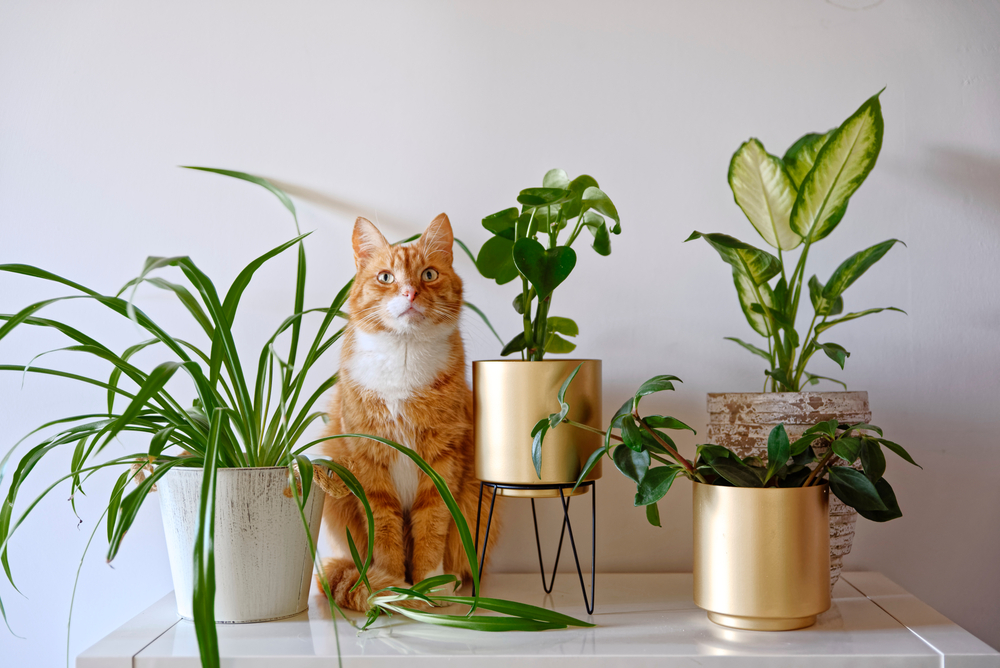
Houseplants can brighten up a space, but many can be poisonous to pets. Before you bring in that peace lily or philodendron, do a little homework on which plants are safe. The ASPCA provides a comprehensive list of toxic and non-toxic plants to help guide your choices. Safer options include spider plants, Boston ferns, and African violets, which add greenery without posing a risk to your furry friends.
Elevating your plants can also deter pets from seeing them as chew toys or litter boxes. Consider using plant stands or hanging baskets to keep them out of reach. If you have a determined climber, a mild pet deterrent spray on the pots can work wonders. This way, you can enjoy a lush, green home without compromising your pet’s safety.
2. Hide Electrical Cords
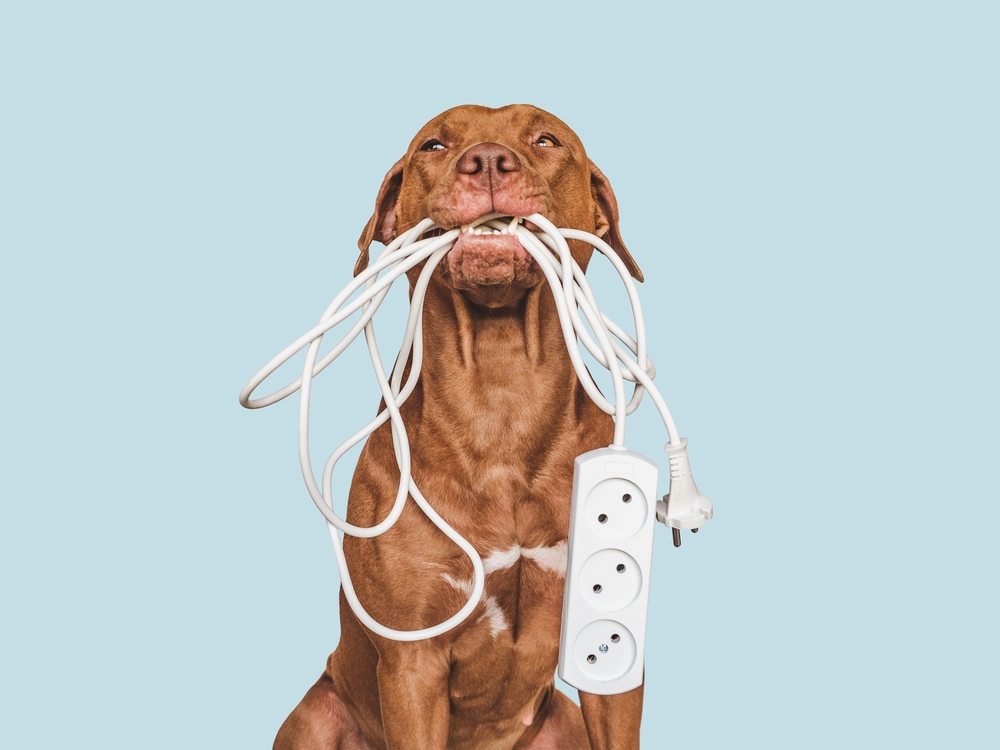
One of the most overlooked hazards in a pet-friendly home is the array of electrical cords that can quickly become chew toys. Pets, especially puppies and kittens, are naturally curious and often perceive cords as playthings. To prevent any shocking incidents, consider investing in cord organizers or concealers that will keep these dangerous items out of sight and out of mind. According to the American Veterinary Medical Association, pet-proofing your home includes safeguarding electrical cords to prevent serious injuries caused by electrical shocks.
Using furniture to block access to cords is another smart strategy. Place large pieces like bookcases or sofas against walls where cords are prevalent. In cases where cords can’t be hidden, you might try applying a pet-deterring spray to make them less appealing. Remember, securing the cords not only protects your pets but also keeps your home looking sleek and uncluttered.
3. Secure Trash Cans
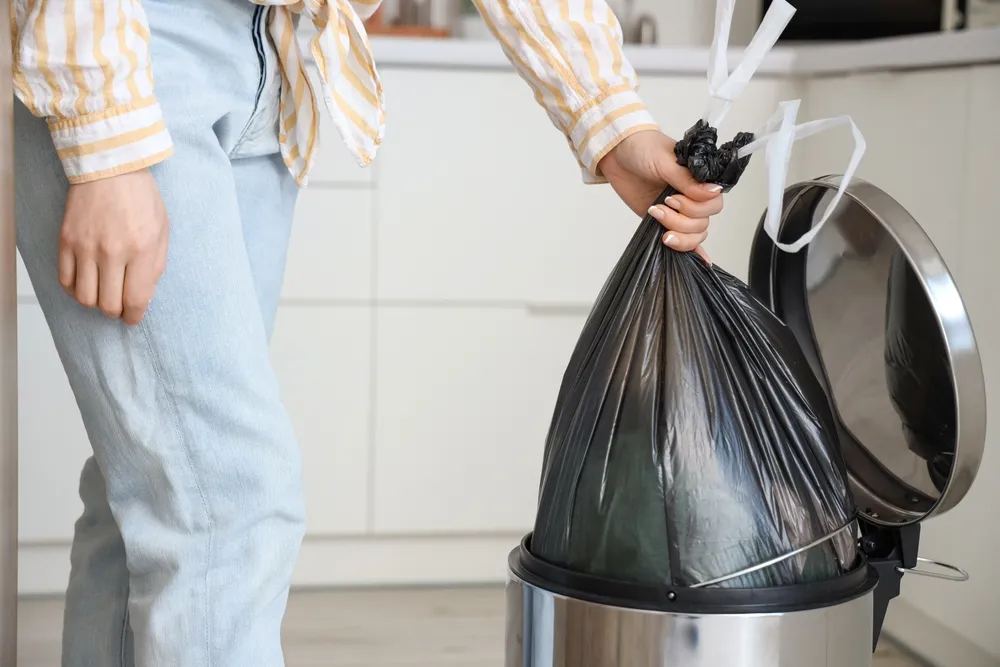
Trash cans are a treasure trove of scents and potentially dangerous items that can irresistibly attract your pets. To avoid a mess or a trip to the emergency vet, purchase trash cans with secure lids. Pedal bins are a great option as they require a bit of coordination that most pets haven’t mastered. Alternatively, consider placing bins inside cupboards or behind closed doors.
If you have cats or particularly crafty dogs, you might need to up your game with child-proof locks. These little gadgets can mean the difference between a safe kitchen and disaster. Also, be mindful of what you’re discarding; chicken bones and chocolate wrappers should be thrown away with extra caution. By taking these steps, you’ll keep your pets safe and your cleanup duties to a minimum.
4. Create a Pet-Safe Zone
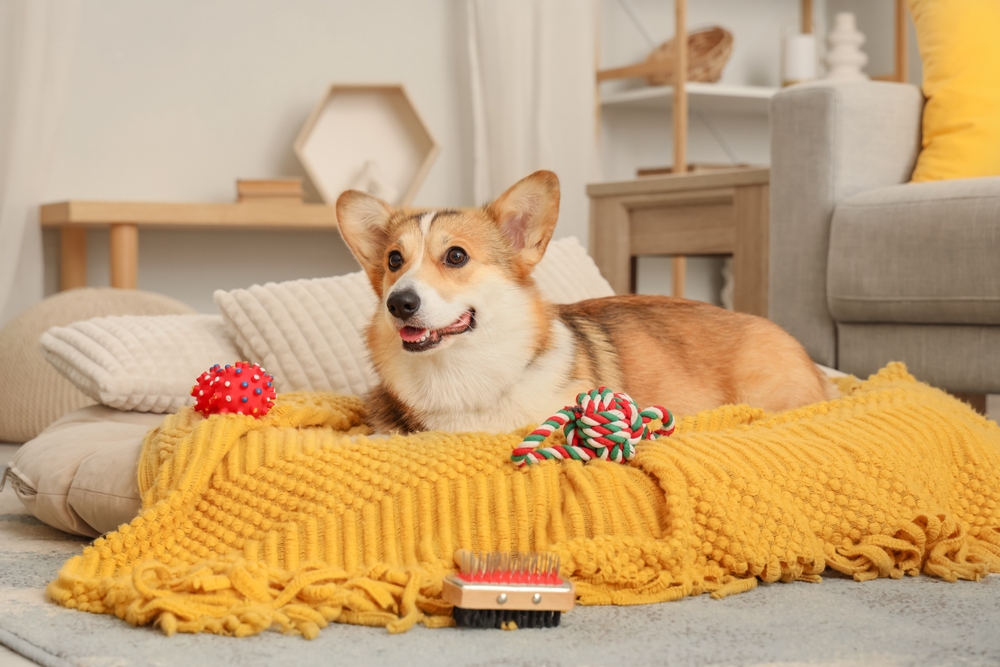
Designating a specific area of your home as a pet-safe zone can prevent accidents and keep your mind at ease. This space should be free from hazards like electrical cords and small objects that can be swallowed. Use pet gates to section off this area, especially if you have a particularly curious or mischievous pet. This zone can also serve as a retreat for your pet when they need to unwind away from household activity.
Make this space cozy and inviting with plush bedding and a few of their favorite toys. You can also incorporate interactive toys to keep their minds engaged. Water and food should be easily accessible within this area. This dedicated space can help in training your pet and providing them with a sense of security.
5. Childproof Your Cabinets

A curious pet can easily nudge open a cabinet door, gaining access to potentially dangerous substances like cleaning products. Using childproof locks is a simple yet effective way to prevent your pets from getting into these off-limit areas. According to PetMD, ingesting household cleaning products can lead to various health issues for pets, making it crucial to secure these items. These locks are usually easy to install and can be a lifesaver when it comes to keeping your pet out of harm’s way.
Don’t forget to apply similar precautions to lower cabinets in your kitchen and bathroom. Even seemingly benign items like vitamins or spices can cause a trip to the vet if ingested in large amounts. In homes with large pets who might reach higher areas, consider securing higher cabinets as well. A little prevention goes a long way in ensuring your pet’s safety and your peace of mind.
6. Rethink Your Decor
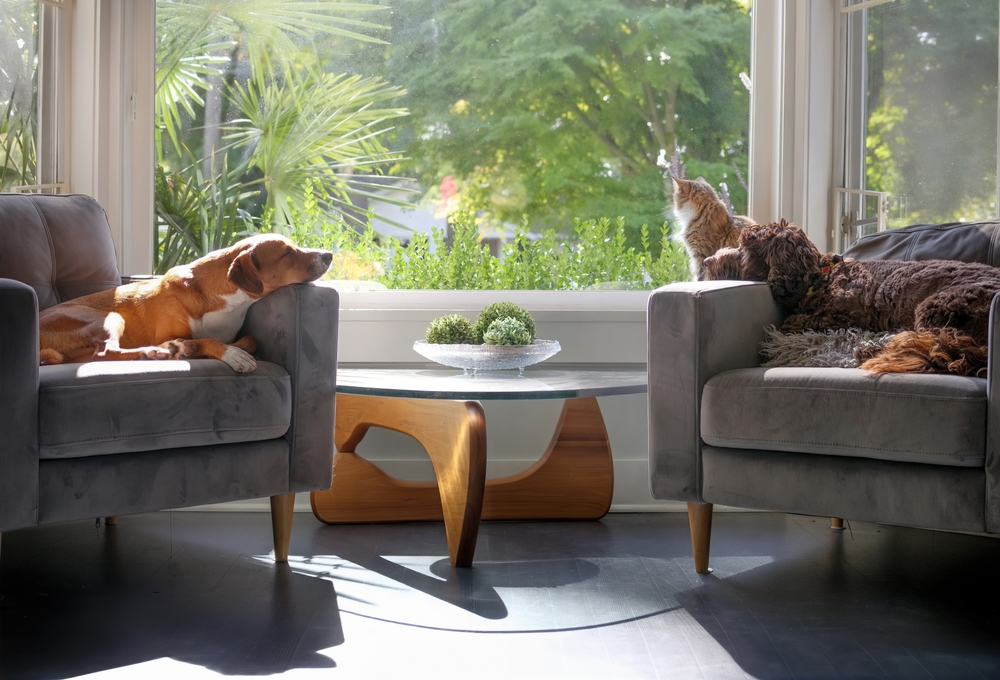
When you have pets, your home decor needs to balance style with functionality. Fragile items like vases or picture frames can easily be knocked over by a wagging tail or playful leap. Opt for heavier or anchored decorative pieces that can’t be easily displaced. Putting fragile items on higher shelves can keep them safe from energetic paws and curious mouths.
Fabric choices also matter when it comes to decorating a pet-friendly home. Consider materials that are durable and easy to clean, such as leather or synthetic blends. Patterns and darker colors can help camouflage pet hair and occasional stains. This way, your home stays chic and pet-friendly without making compromises on style.
7. Install Baby Gates
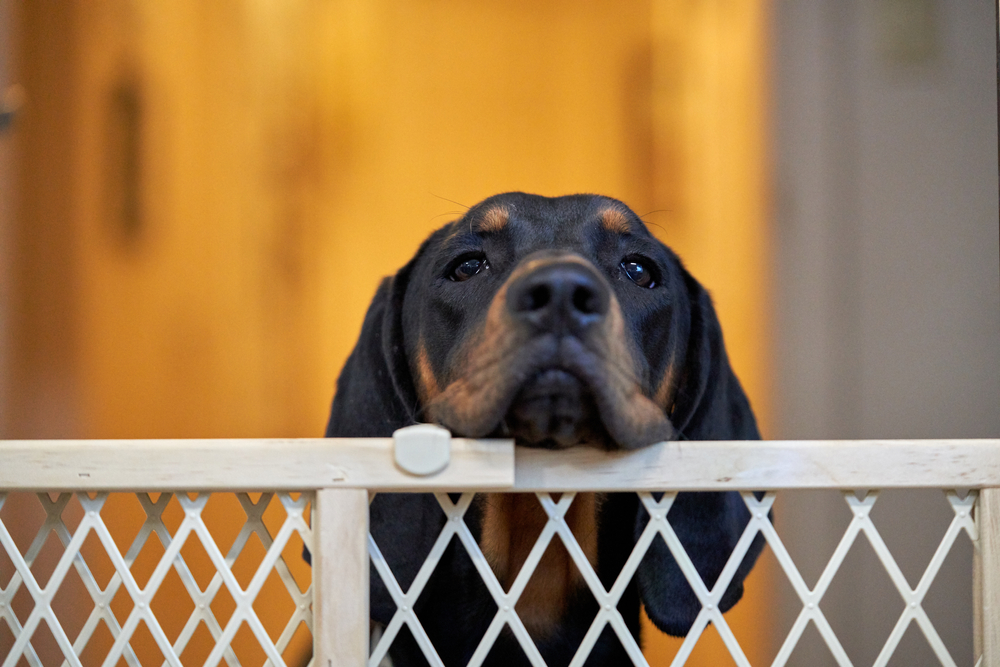
Baby gates aren’t just for toddlers; they’re a brilliant solution for managing pet access to various parts of your home. Whether it’s keeping a puppy out of the bathroom or a cat away from a nursery, these gates can be invaluable. According to a study published in the Journal of Veterinary Behavior, restricting access to certain areas can actually reduce anxiety in pets by providing clear boundaries. Opt for gates that are sturdy enough to withstand a determined pet but easy for you to open and close.
Installing these gates is simple, and they can be easily moved or stored away when not needed. Choose gates with vertical bars rather than horizontal ones to prevent climbing. Some gates even come with small doors for cats to pass through while keeping larger dogs out. This way, you can maintain control over your pet’s roaming without the need for constant supervision.
8. Lock Up Medications and Supplements

Pets, much like children, are often attracted to items we least expect. Medications and supplements, which can be extremely harmful to pets, should be stored securely out of reach. Consider a high shelf or a lockable medicine cabinet for storing these items. Even over-the-counter medications like ibuprofen can be toxic to pets, so it’s crucial to be vigilant.
Pill organizers can also be a hidden danger as they often have easy-to-open compartments. If you use such an organizer, ensure it’s stored securely when not in use. Educate your family members about the importance of keeping medications out of pet access zones. This not only protects your pets but also ensures that your medications remain intact and effective.
9. Cover Your Furniture

Pets can be rough on furniture, leading to scratches, shedding, and stains. Invest in durable covers for your sofas and chairs; they can be easily removed and washed, keeping your furniture looking new. Choose materials that are resistant to claws, like heavy-duty cotton or canvas. These covers can also add a layer of comfort for your pets, making them more likely to stick to designated areas.
Slipcovers are another excellent option, offering style and practicality. Many pet owners also choose fabrics that blend with their pet’s fur color to camouflage shedding. If you’re dealing with a pet that loves to scratch, consider adding scratching posts or pads nearby as a deterrent. Ultimately, furniture covers are an inexpensive way to protect your investment while maintaining a pet-friendly home.
10. Use Non-Slip Rugs
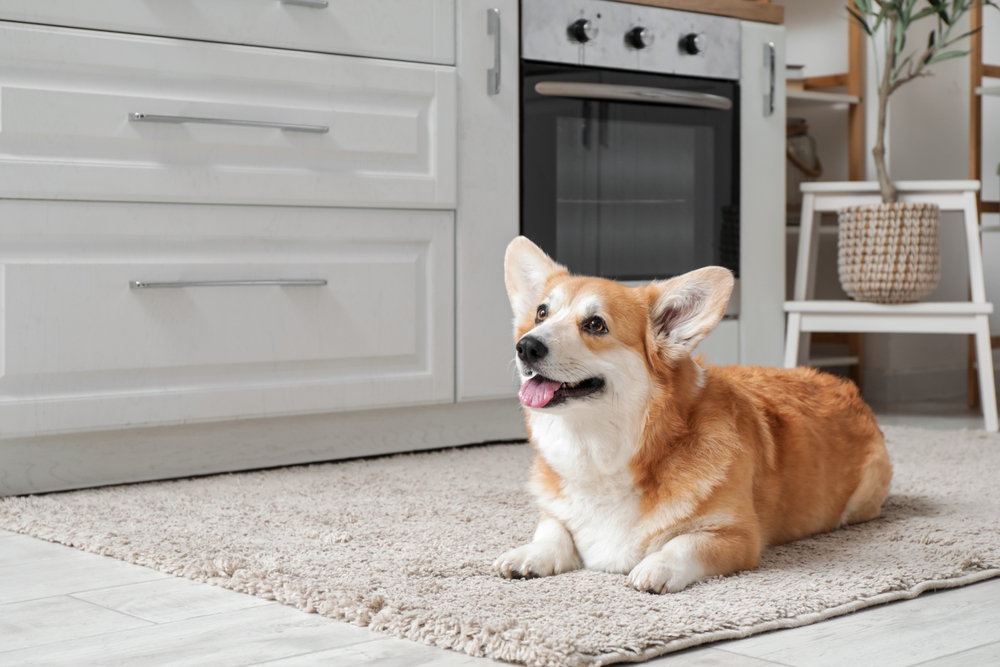
Rugs offer warmth and aesthetic value, but they can become skating rinks for pets, increasing the risk of injury. Opt for rugs with a non-slip backing or use rug pads to keep them secure. This is particularly important in high-traffic areas or on slippery surfaces like tile or hardwood. Your pets will appreciate the extra traction as they romp around.
Additionally, choose rugs that are easy to clean and resistant to pet hair. Materials like sisal or indoor-outdoor rugs are both durable and stylish. They offer a balance between functionality and design, ensuring your floors stay protected and your decor cohesive. A well-placed rug can be both a fashion statement and a practical addition to a pet-friendly home.
11. Invest in Pet-Safe Cleaning Products
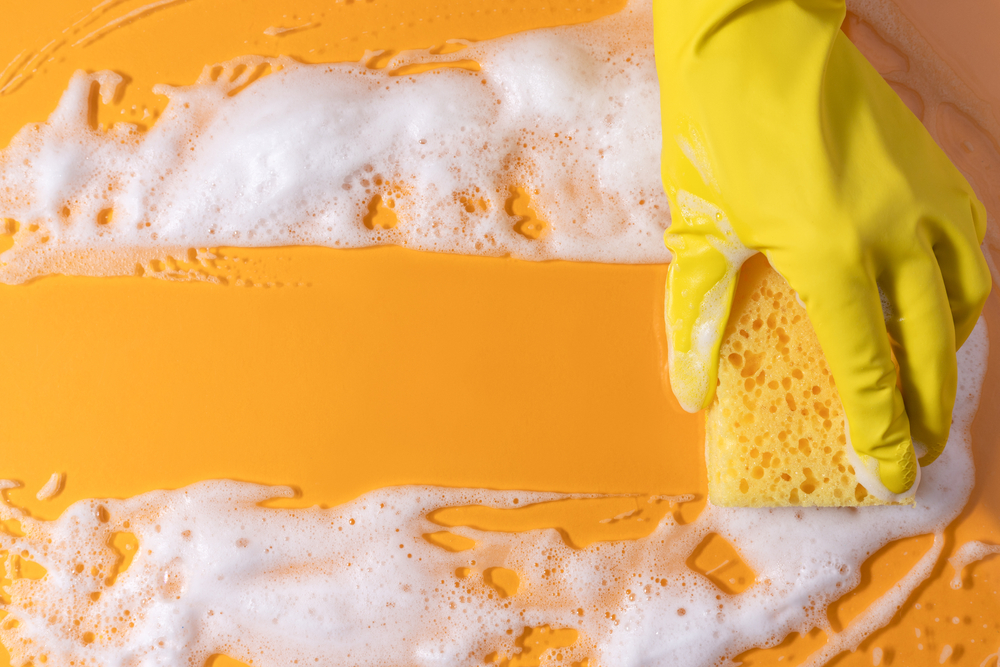
Traditional cleaning products often contain chemicals that can be harmful to pets. Switching to pet-safe alternatives not only protects your furry friends but also contributes to a healthier household environment. Look for products that are free from ammonia, bleach, and other harsh ingredients. Many brands now offer eco-friendly, pet-safe lines that clean effectively without compromising safety.
Storing these products should also be done with care. Keep them in a secure location where pets can’t access them, even if they are deemed safe. Be vigilant about cleaning up spills immediately, as even safe products can cause issues in large quantities. This way, you can maintain a spotless home without worrying about endangering your pets.
12. Create Vertical Spaces for Cats
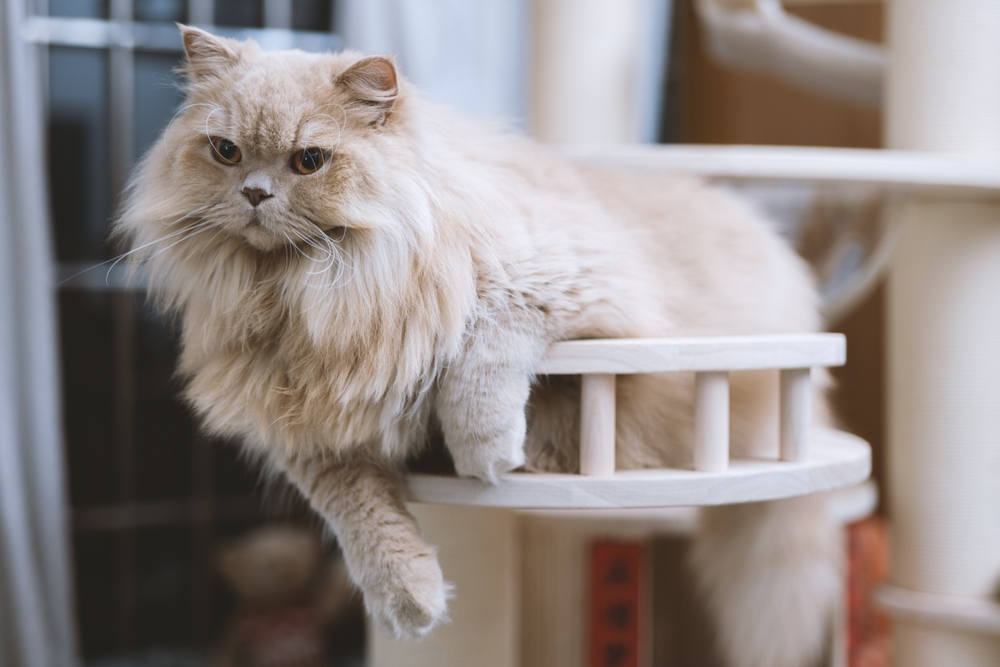
Cats love to climb and survey their territory from above. Creating vertical spaces, like shelves or cat trees, can satisfy this instinct while keeping them off your countertops and furniture. Install some sturdy shelves that can support your cat’s weight, or invest in a multi-level cat tree. This not only provides exercise but also alleviates boredom.
Place these vertical spaces near windows for added stimulation. Watching the outside world can keep a cat entertained for hours. Make sure the surfaces are stable to prevent any wobbling or tipping over. By encouraging your cat’s natural climbing behavior in a controlled manner, you create a harmonious environment for both you and your feline friend.
13. Reinforce Windows and Screens
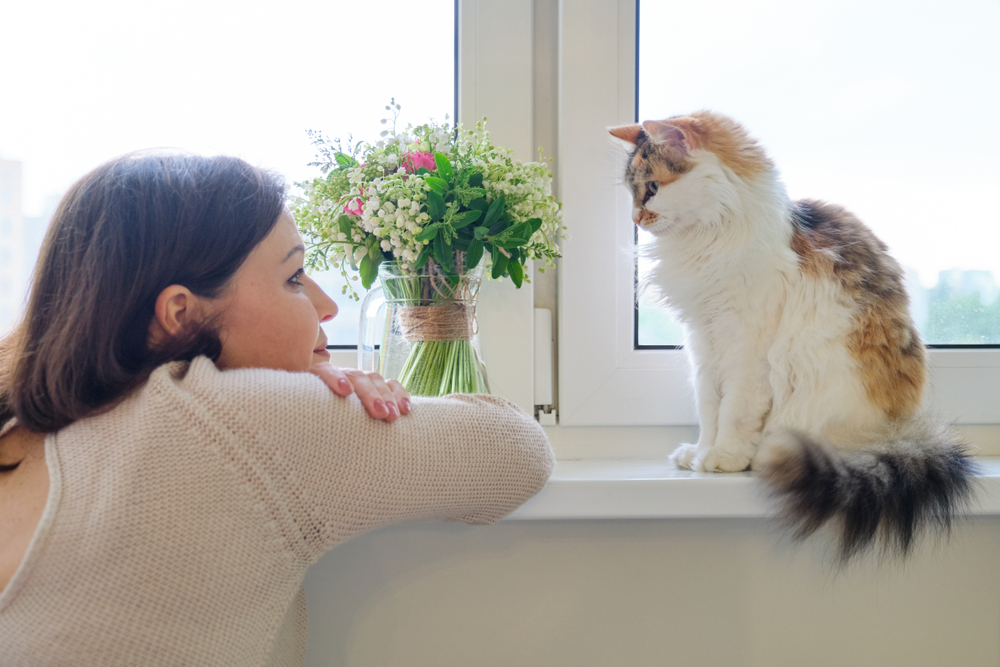
Open windows and fragile screens can be a hazard, especially for cats and small dogs. Reinforce window screens to ensure they are secure and can withstand any adventurous attempts to push through. Adjustable window screens are an option that provides flexibility and durability. Safety latches can also be installed to prevent windows from opening wide enough for a pet to slip through.
Be mindful when airing out your home by using barriers to keep pets away from open windows. Setting up a fan to circulate air can reduce the need for open windows. Window perches can offer pets a safe way to enjoy the view without risking their safety. This way, you can enjoy fresh air while ensuring everyone in your household remains safe and sound.
